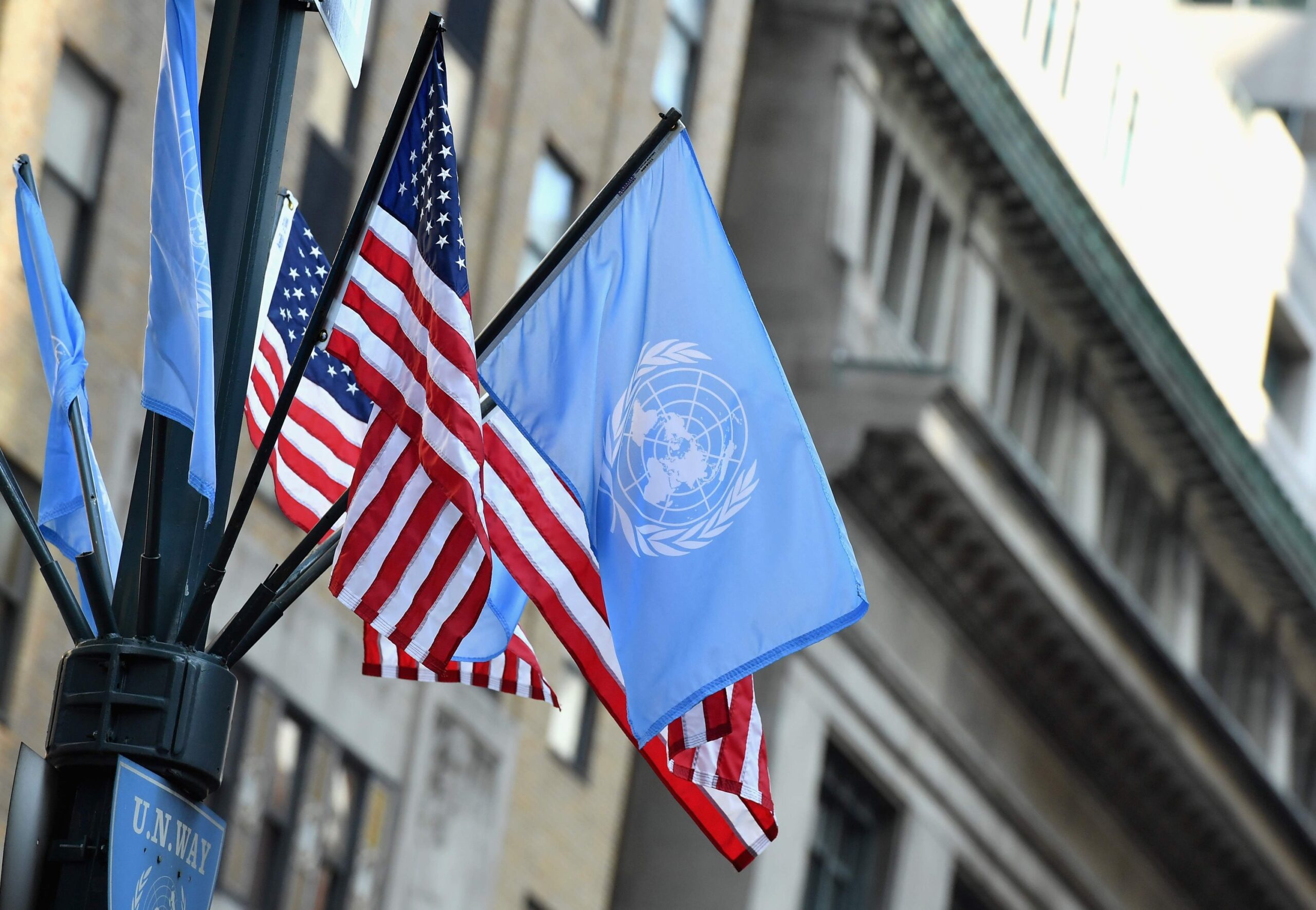A Different Kind of March Madness
March 24, 2015| by Priya Desai, UNA Women
This year marks the 20th Anniversary of the adoption of the Beijing Platform for Action that was adopted after Fourth World Conference on Women in 1995. This was a landmark document in that the demand for action on gender equality and women’s empowerment finally gained visibility and traction for implementation. This document acknowledged the dire and unmet need for safety and realization of women and girls’ rights and empowerment. From this document 12 critical concern areas emerged: Women and the environment; Women in power and decision-making; The girl child; Women and the economy; Women and poverty; Violence against women; Human rights of women; Education and training of women; Institutional mechanisms for the advancement of women; Women and health; Women and the media; and Women and armed conflict. In 2015, 20 years later, these areas of concern are still relevant. CSW59 is the instrument to voice the concerns and requests for action on gender equality and women’s rights and empowerment. CSW59 allows us to review the accomplishments women have achieved since 1995, but it also renews the call for motivation, momentum, action, and support.
From a personal lens, it was overwhelming at first to know that thousands of people were attending the sessions. As I thoroughly read the descriptions of the side and parallel events, my view began to shift. I surrendered my reservations once I realized how diverse and impassioned the crowd was. Being from Oklahoma, it was refreshing to be in such a large crowd that understood the importance of addressing women’s rights and empowerment on an international scale. I also had the opportunity to meet with young women and girls, young men and boys, people with disabilities, different ethnicities and religions, and sexual orientations from all over the world and how those groups relate to the movement. As a social worker who practices and advocates for intersectional practice, I was dancing on the inside. The more multiplicity I saw in the crowd, the more excited I became for the different perspectives I would be exposed to. Having the opportunity to meet with some of these individuals was the best part of my experience. I met people of all ages and backgrounds from Sudan, Fiji, New Zealand, Australia, Syria, Nepal, India, Brazil, Egypt, Malawi, Honduras, Guatemala, UK, and Lithuania as survivors, advocates, and service providers. It also made me realize that there cannot be a one-size fits all solution for the entire world. The need and level of women’s rights and empowerment is not the same for every country, geographic region, and various population groups.
The side events were informative but lacked excitement and crowd engagement. The parallel events were quite the opposite. With the side events, I felt like we heard more from administrators and higher- ups with regards to rhetorical talk. The parallel events on the other hand had panelists that included administrative and direct care service providers of all ages, experiences, and ethnicities. Their personal experiences and stories gave life to the daily struggle that women in all areas of the world face in one form or another. I attended several sessions that included the topics as violence against women as a pandemic; physical, psychological, and sexual violence as a tactic of war; funding and accountability for service delivery; inclusion of disabled, gay, lesbian, queer and trans women in the platform for action; women addressed as a foreign policy priority for some countries; access to basic rights, safety, and sanitation; climate change and its effects on women; societal and media attitudes and practices toward women; intergenerational dialogue; engaging men and boys as part of gender equality; policy development and provision that is all-inclusive; civil and political participation of women; and women as peacemakers. Those are just a handful of the topics covered in some of the sessions.
CSW59 had many great aspects. I was very impressed with the amount of attention and importance that was paid to intersectionality and inclusion of youth. There were several high points during my time at CSW 59, but there were also some low points that I will expand on in a second post. Regardless, this is an experience I will remember for the rest of my life. I wish everyone could experience the energy, type of solidarity, and call for action that I did, if even for a few moments. I left my week at CSW59 with a renewed sense of commitment and inspiration to achieve Planet 50-50 by 2030 by educating and working with my community to create a safe and inclusive environment in which women and girls thrive and serve as the drivers of economic and societal progress and growth.



